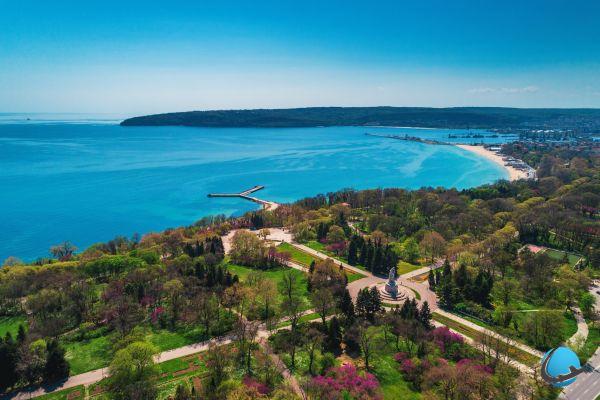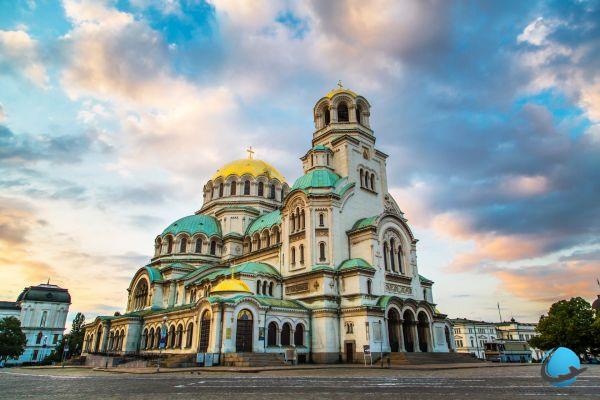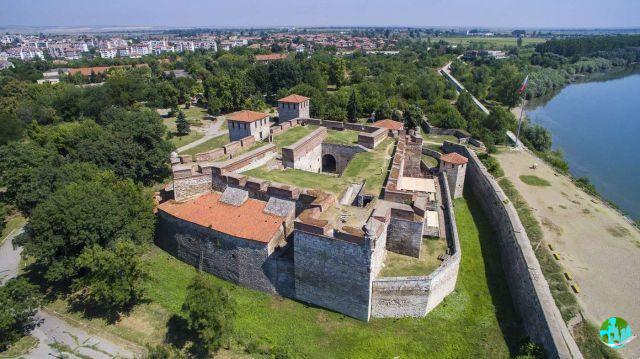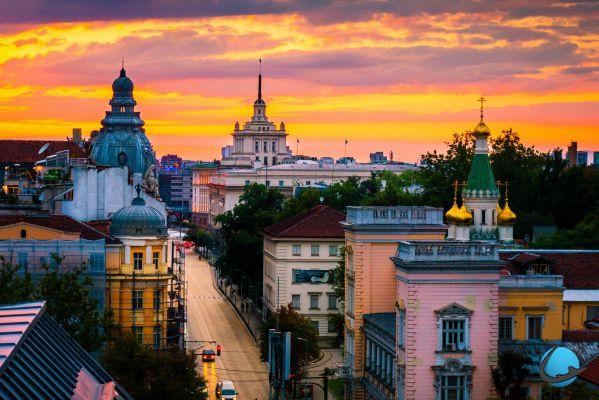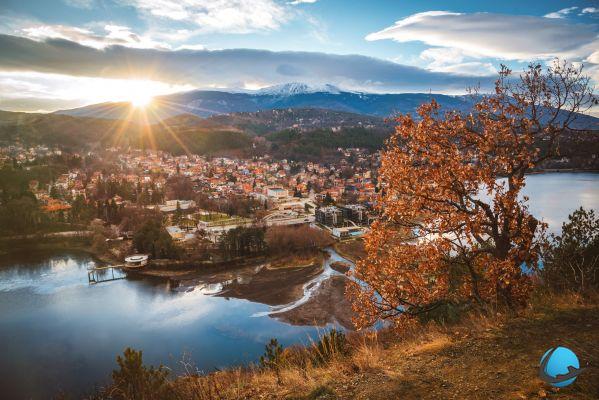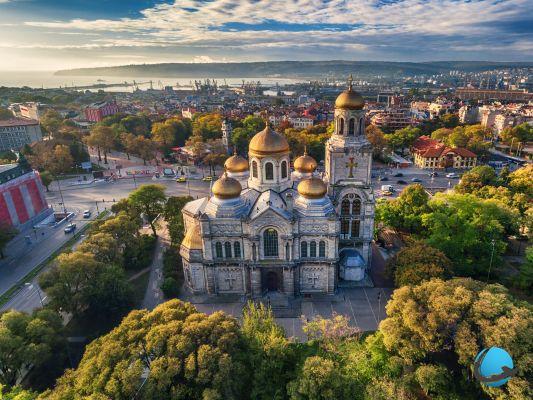
At the crossroads of Western Europe, the Middle East and the Mediterranean, Bulgaria calls itself emotionally close to Greece, Italy, Spain or Croatia. Indeed, it shares similarities in its gastronomy as well as its traditional songs and dances. For all about the culture and history of Bulgaria before your trip, here is a summary of the essential points to know!
History of Bulgaria
From the Thracian civilization to the present Bulgarian people, Bulgaria has known many ups and downs. Freed from Ottoman rule in 1878, its independence was officially proclaimed on September 22, 1908. Architectural remains and objects collected in museums are rich witnesses to the great history of Bulgaria.
Thracian peoples
The Thracians are among the oldest civilizations in Europe. Theories on this people want that they were either nomadic riders or a people made up of various tribes federated by language and their customs, having lived from the third millennium BC to the second century BC. -C. The Vratza History Museum preserves treasures that bear witness to the life of the Thracians, such as that of Rogozen which consists of a set of 165 receptacles, 55 jugs and three goblets, all richly decorated.
Veliko Tarnovo, medieval capital of Bulgaria
Equidistant from Sofia, Plovdiv and Varna, Veliko Tarnovo is a significant city in the history of Bulgaria. Inhabited since prehistoric times, it became the country's capital at the end of the XNUMXth century. The fortress of Tzarevetz, former seat of the medieval Bulgarian kings, testifies to this historical period. With its two dungeons, its royal palace and its 18 churches, it is today a major tourist attraction where you can also admire a sound and light show during the summer.
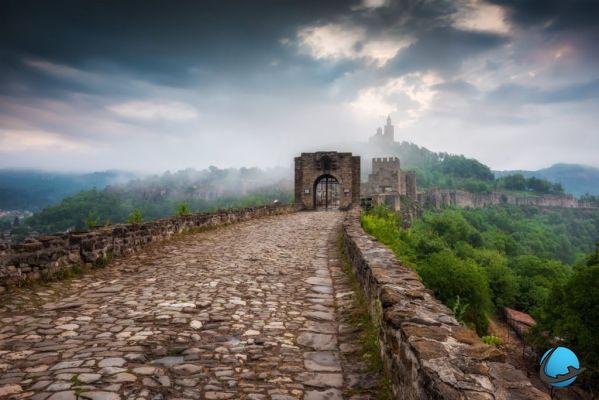 The Tzarevetz fortress
The Tzarevetz fortress
Orthodox monasteries
Bulgarian monasteries are considered “living” witnesses to Bulgarian history. There are more than 160 across the country. During centuries of history, they have been looted, destroyed and set on fire, but most of the time rebuilt. Architectural gems, they testify to the resistance of the Bulgarian people in the eddies of their history. They also affirm their Orthodox religion and allow them to express their architectural and artistic talents, especially through the multitude of frescoes and icons in painted wood.
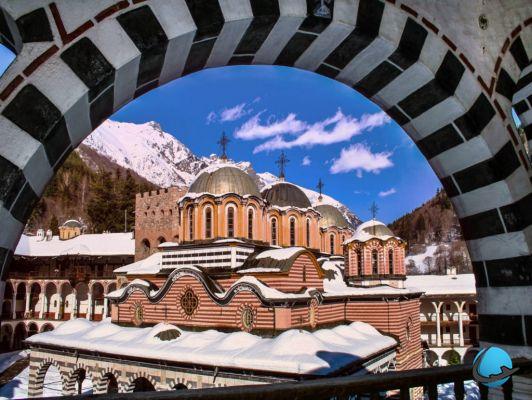 Rila Monastery
Rila Monastery
Culture of Bulgaria
In Bulgaria, we mainly speak Bulgarian (85%), Turkish (9%) and Romani (4%) and we write withCyrillic alphabet. It is a very culturally rich country thanks in particular to its history, its gastronomy, its crafts, its heritage, its visual and performing arts and its ability to open up to tourism.
Iconography
The icon plays a particularly important role in the culture and history of Bulgaria. In the Orthodox Christian religion, it is indeed an essential element during religious practices. Object of veneration, the painted icons represent religious subjects with cultural significance. Zacharie Zographe is Bulgaria's most famous iconographer. Having lived in the XNUMXth century, he notably produced a fresco bearing the effigy of Saints Cyril and Methodius from the monastery of Troyan and the “Wheel of life” from the monastery of the Transfiguration.
Bulgarian crafts
Le Etara ethnographic museum, in the center of the country, is an old village and open-air museum which revives the craftsmanship of the XNUMXth and XNUMXth centuries. The artistic careers attributed to women were sewing, knitting, weaving and working with skins and furs, while men made pottery, cutlery, household objects and musical instruments. This mastery of arts and crafts continues to live on: woolen blankets and rugs are for example nicely made with colorful geometric patterns.
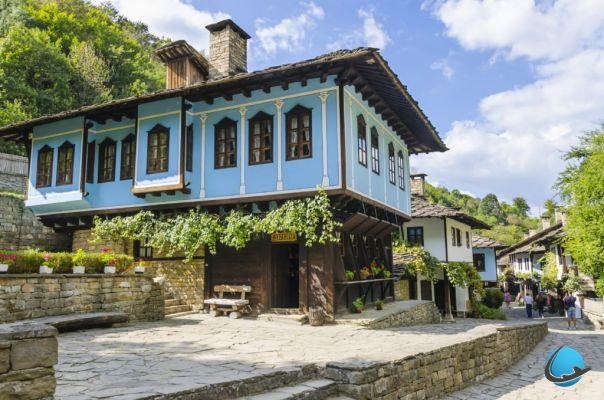 Etara ethnographic museum
Etara ethnographic museum
Bulgarian yogurt
But why are we talking so much about Bulgarian yogurt? In 1905, the Bulgarian researcher Stamen Grigorov discovered the existence of bacteria making possible the lactic fermentation which gives all its nutritional qualities to yogurt. This stirred and creamy yogurt is close to the texture of Greek yogurt and therefore contains the lactobacillus bulgaricus, loved by our digestive system. The know-how of Bulgarians in the field of curdled milk was already popular under the Ottoman Empire. Today Bulgarian yogurt is also an ingredient in some local dishes, such as tarator, a cold soup eaten as a starter.
Geography of Bulgaria
Eastern European country, Bulgaria is member of the European Union since 2007. However, the euro is not in circulation there: the currency in force is the Bulgarian lev.
Some geographic data
Bulgaria is a parliamentary and democratic republic. The country spans 110 944km2 and breaks down into 28 areas each bearing the name of the city which is its capital. The “prefect” corresponds there to the “governor general”. The inhabitants who inhabit the territory have various influences (Greek, Slavic, Ottoman or even Persian): 83% are Bulgarian, 9% are Turkish and 5% are Roma.
From the mountains to the Black Sea
The altitude in Bulgaria rises from 0 meters on the Black Sea coast to 2 meters at Mount Moussala in the Rila massif. the Grand Balkan, Rila and Rhodopes are the three mountain ranges that reach an average altitude of 2 meters. To the east, the coastline of black Sea is 354 kilometers long. the Danube meanwhile marks the 608 kilometers of border with Romania.
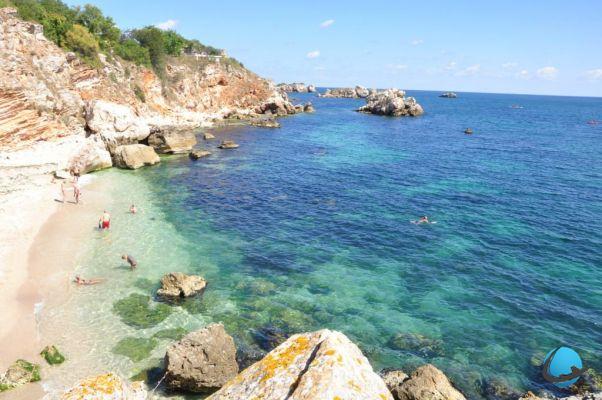 Rusalka
Rusalka
Bulgarian cities
The rate of urbanization is quite high (around 75%). Sofia, the capital of the country, founded in the XNUMXth century BC, is the most populous city. Behind, Plovdiv, European capital of culture and in 2019 Varna, coastal town and port, compete for places in the second and third most populous cities. In fourth position, we find Bourgas, seaside resort Black Sea tourist. The smallest town is Melnik, but it is no less known thanks to these sand pyramids.
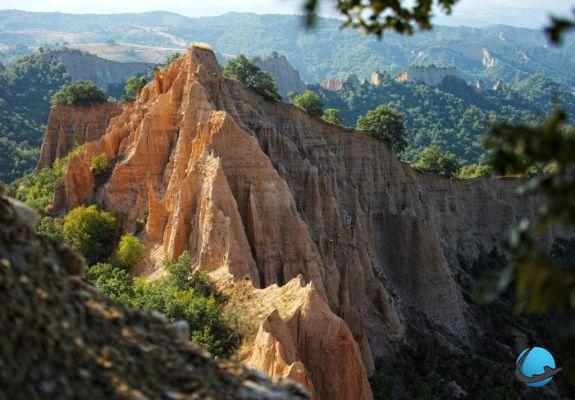 Pyramids of Melnik
Pyramids of Melnik
Now being aware of the richness of the Bulgarian past as well as its geographical characteristics, there is no doubt that you will discover Bulgaria with a enlightened gaze which will allow you tofully enjoy your stay. And of course, don't miss our pick of 10 must-see places to visit in Bulgaria!




